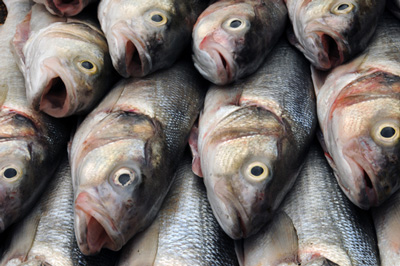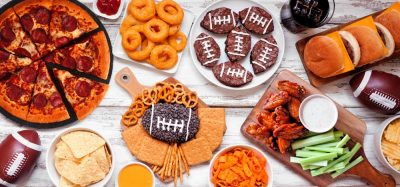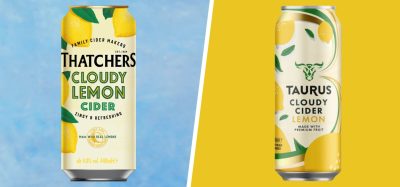New safe seafood guides available for consumers, industry stakeholders and policymakers
- Like
- Digg
- Del
- Tumblr
- VKontakte
- Buffer
- Love This
- Odnoklassniki
- Meneame
- Blogger
- Amazon
- Yahoo Mail
- Gmail
- AOL
- Newsvine
- HackerNews
- Evernote
- MySpace
- Mail.ru
- Viadeo
- Line
- Comments
- Yummly
- SMS
- Viber
- Telegram
- Subscribe
- Skype
- Facebook Messenger
- Kakao
- LiveJournal
- Yammer
- Edgar
- Fintel
- Mix
- Instapaper
- Copy Link
Posted: 31 March 2017 | AquaTT | No comments yet
The EU-funded ECsafeSEAFOOD project has published three safe seafood guides that aim to help consumers, industry stakeholders and policymakers understand the benefits and risks associated with seafood consumption.


The EU-funded ECsafeSEAFOOD project has published three safe seafood guides that aim to help consumers, industry stakeholders and policymakers understand the benefits and risks associated with seafood consumption.
Each guide includes recommendations to help reduce possible risks associated with seafood contamination from the specific stakeholder’s perspective.
Seafood plays an important role in a balanced diet. It is a nutrient-rich food that is a good source of protein, vitamins and minerals and contains a unique type of fat – namely omega-3 fatty acids, which have considerable health benefits. However, like any other food type, seafood can also be a source of harmful contaminants with the potential to impact human health negatively. For most people the overall benefits of seafood consumption (following the official recommendations) outweigh potential food safety risks.
In recent years, research has been committed to understanding newly emerging risks in relation to seafood consumption. ECsafeSEAFOOD was dedicated to assessing potential risks of seafood consumption and ways of minimising them. The three safe seafood guides are based on the ECsafeSEAFOOD project research results as well as other current scientific research results related to seafood safety.
The “Safe Seafood Guide for Consumers” informs consumers of the benefits and risks associated with the seafood they eat, to help in their decision making regarding their diet. It notes that although contaminants of emerging concern can be found in seafood, research results indicate that the levels are low and do not pose a health risk for consumers, when eaten as part of a balanced diet.
The “Safe Seafood Guide for Industry” gives recommendations that will assist the seafood industry – from harvesters and producers through to wholesalers, distribution, retailers and analytical laboratories – in assessing health risks associated with seafood provision. It includes an overview of consumer perception of the benefits and risks of seafood consumption and details on the new contaminant detection methods produced as part of ECsafeSEAFOOD. It also gives advice on mitigating seafood contamination, including the effects of origin and biology, industrial processing, and cooking, on contaminant levels.
The “Safe Seafood Guide for Policymakers” will inform policymakers and food safety authorities of the latest seafood safety research results, which aim to contribute to European science-based food safety regulation, specifically in relation to newly emerging chemical contaminants which have not yet been regulated.
The three safe seafood guides were produced as a collaborative effort by ECsafeSEAFOOD partners AquaTT, AEIFORIA, Instituto de Ciências, Tecnologias e Agroambiente da Universidade do Porto (ICETA) and Instituto Português do Mar e da Atmosfera (IPMA). The guides were reviewed by external stakeholder groups including consumer associations, food safety authorities and seafood industry representatives.
To access the safe seafood guides, see:
http://www.ecsafeseafood.eu/ecsafeseafood-results/safe-seafood-guides









